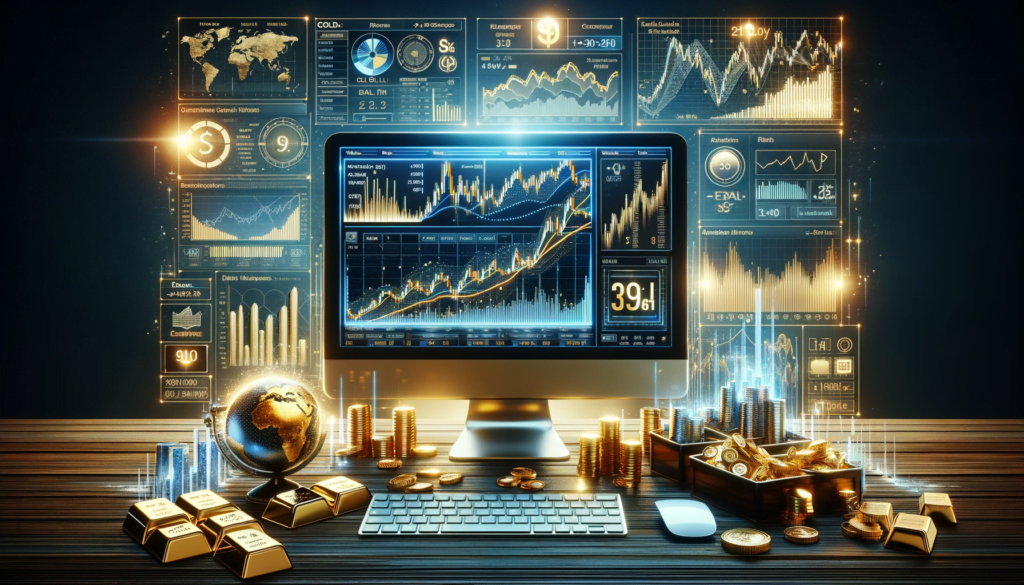Gold vs. silver: In the realm of precious metals, gold and silver stand out not just for their historical significance but also for their modern-day investment appeal and industrial utility. While both metals share certain characteristics, their markets, uses, and investment dynamics differ significantly. Let’s delve into a comparison between gold and silver, highlighting key similarities, differences, and what these mean for investors and the industry.
Gold Vs. Silver Similarities
- Safe-Haven Assets: Both gold and silver are considered safe-haven assets. In times of economic uncertainty or inflation, investors often turn to these metals to preserve value.
- Industrial Demand: Aside from their allure in jewelry and as investment vehicles, both metals have substantial industrial applications. Silver, for example, is highly conductive and is used in electronics, solar panels, and various medical applications. Gold’s conductivity and resistance to corrosion make it valuable in electronics and aerospace technologies.
Differences
- Market Size and Liquidity: Gold’s market is significantly larger and more liquid than silver’s. This is partly due to gold’s higher price per ounce, making it a weightier component of investors’ portfolios and central bank reserves.
- Price Volatility: Silver is generally more volatile than gold. This is because silver’s market is smaller, and it has a significant industrial demand component, making its price more sensitive to economic cycles and technological advancements.
- Industrial Use and Consumption: Silver’s demand is heavily influenced by its industrial use, which accounts for a substantial portion of its total demand. Gold, while also used industrially, has a demand profile more heavily weighted towards investment and jewelry, making its price less sensitive to industrial cycles.
- Above-ground Supply: There is significantly more silver available above ground than gold, in terms of physical volume. However, much of the silver is consumed industrially and not readily recoverable, whereas almost all the gold ever mined is still in existence, contributing to its store of value.
- Price Determinants: While both metals are influenced by similar factors such as USD strength, inflation rates, and geopolitical tensions, silver’s price is also closely tied to industrial health, particularly in sectors like electronics and renewable energy. Gold, on the other hand, is more directly influenced by monetary policy changes and investment demand.
Investment Implications
For investors, the choice between gold vs. silver depends on their investment goals, risk tolerance, and market outlook. Gold’s stability and size make it a cornerstone of wealth preservation strategies, especially for hedging against currency devaluation and economic downturns. Silver’s volatility and industrial demand offer opportunities for speculative gains but come with higher risk, especially during economic slumps when industrial demand may wane.
In conclusion, while commodities such as gold and silver share the stage as prestigious metals with millennia of human fascination behind them, their differences in market dynamics, demand drivers, and investment characteristics offer varied opportunities and considerations for investors. Whether seeking stability and preservation in gold or speculative opportunity and industrial exposure in silver, understanding these nuances is key to navigating the precious metals market.



